Today I came across a slim volume entitled A wreath of golden blossoms. I was looking for something light to read over lunch and picked this particular book out from its hiding-place between a paperback of The Hot Zone and Allan's Wife (1889 edition). When I looked inside, it had my mother's maiden name printed in large childish letters, so it must have been hers when she was little. There is no publication date but a quick online search suggests the 1930s. I have no idea how or when the book came into my possession but I am sure I wouldn't just have pinched it.
I have blogged before about old children's books. I am fascinated by them - particularly by the sorts of things that people used to think suitable for kids. Here, for example, is the concluding illustration to a series of little stories about Cock Robin and his mate Jenny Wren:
There is only one grave because Jenny was eaten by a hawk. Robin died of a broken heart shortly afterwards, not before instructing the thrush to turn his beak into a pen nib for the king. Cheerful, no? Well, I didn't think so either...
Later on, we have a dramatised version of The Three Little Pigs, that culminates in this merry scene:
Personally I think Curlytail the pig should be ashamed of himself; doesn't he know that wolves are endangered?
My favourite story in the whole book, however, is undoubtedly Rushy Coat, which, I am informed by a Twitter friend, is of Scots origin (not surprising since the book was published by McDougall's Educational Co. Ltd. of Edinburgh). The heroine is a princess who is turned out of the palace by her evil stepmother and left to die of cold (actually, the more I read of this story, the more I detect its Scottish origins; if you turned a princess out in Perthshire in the winter she would definitely freeze). Luckily the princess is saved from hypothermia by the assistance of an old sheep who tells her to make herself a dress out of rushes. Here she is, in the dress (it looks like spring has arrived at this point, which would make it around June if this year is anything to go by):
Thus attired, the princess looks so hot that she attracts the attention of a passing prince:
"Hell-oo bay-bee."
The wicked stepmother is having none of this, though; she has Rushy Coat brought inside and put to work in the palace kitchens, where she won't attract anyone's eye except perhaps the rats'. Rushy Coat, however, instead of concentrating on making sure her souffles don't sink in the middle, keeps sighing over the Prince. Eventually she hatches a plot to go to church so she can check him out again.
This is the bit I love. Rushy Coat changes out of her rushes into a totally staggering maxi dress teamed with shoes made of gold, and then she turns to the dinner and tells it to cook itself.
Wouldn't that be good?!
Off she goes to church and probably doesn't spend half enough time concentrating on her hymn book. Sure enough, the prince clocks her and all looks rosy. Unfortunately, things almost go pear-shaped as the prince nearly gets married to someone else by accident. He is actually on his way to the wedding when a little bird (yes, really) tells him that his One True Love is stuck in the kitchen.
"What's that, you say? I should be calling it off with duckface here,
like Hugh Grant in Three Weddings?"
The Prince rides off to check whether the bird is speaking with forked tongue or not, recognises Rushy Coat at once, and they all live happily ever after. Except the girl who got left at the altar, presumably. And the stepmum...







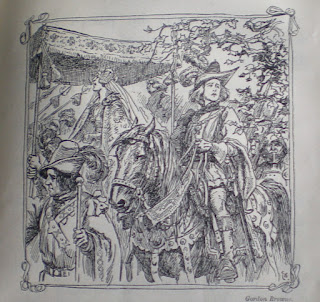

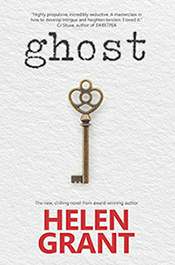
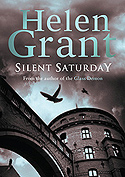
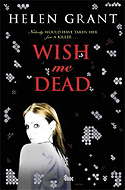
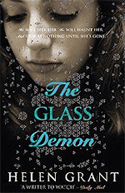

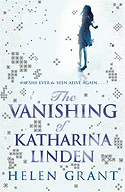
All very cheerful stuff!
ReplyDeleteGreat article Helen.
ReplyDeleteNo doubt full of dark psychologically rich subtexts! But tell me, who is the fine illustrator?
Regards, Paul
There seem to be various illustrators in this book. Dorothy Furniss did some of the Robin Redbreast ones though the funeral picture is only initialled and I am not sure whether the letters are DF or something else!
ReplyDeleteThe colour painting of Rushy Coat is by Gordon Browne and so are the line drawings.
Best wishes,
Helen